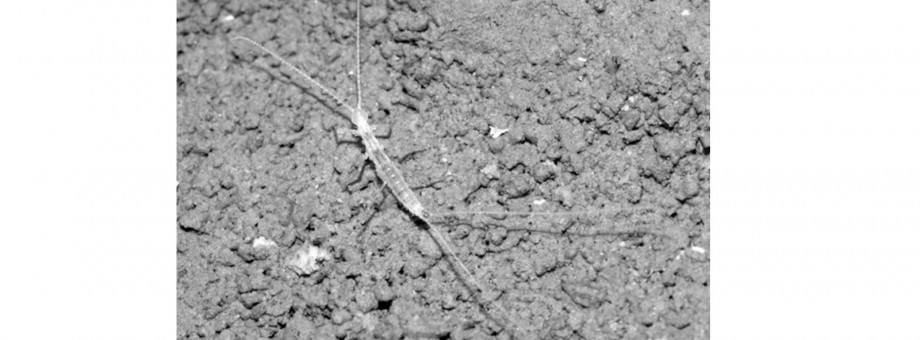New Species of Cave Fauna Discovered in Koytendag

Subterranean Biology, an international journal of the International Society for Subterranean Biology (SIBIOS-ISSB), has published the results of the studies carried out in 2018 by scientists in the Kaptarkhan Cave at the foot of the Koytendag Range. We asked Shaniyaz Mengliev, the head of the Scientific Department of the Koytendag State Nature Reserve, who participated in the studies of the underground labyrinths, to tell us about it:
– International surveys were conducted for several years to study the biodiversity in the Koytendag with the participation of scientists from the Russian Federation, Great Britain, and Slovenia, researchers of the National Institute of Desert, Flora and Fauna, and the Koytendag State Nature Reserve. Joint studies took place on the area’s biodiversity, in particular cave fauna, geology and hydrology. The scientists explored the Kapkutan, Hashimoyuk, Kaptarkhan, and Gulshirin Caves, the Kyrkgyz Grotto, Daraydere and Kattaking Canyons, the Bashbulak mountain spring, Gaynarbaba Lake, and the Koytenderya.
It must be noted that geologists began to unveil the mysteries of the Koytendag Caves in the 1960s. Back then, they discovered and described scores of caves in the Koytendag. In 1979, V. A. Maltsev, a speleologist and researcher at the Moscow Scientific-Research Institute, explored a water-filled sinkhole nearby the Bulagdere Canyon and discovered a new troglobiont species – the endemic blind loach – an eyeless fish, which later was included in the International Union for Conservation of Nature’s Red List of Threatened Species (2000) and the Red Data Book of Turkmenistan (1985, 1999, 2011). The fish were found in the Syvlyoyuk sinkhole connected with a large underground lake through an underground channel.
During the most recent survey of the Suvlyoyuk sinkhole, British scientists Rachel Jones and Brian Zimmerman employed a novel survey technique for the blind loach for the first time – the use of special compact submersible cameras to observe the fish in situ.
The scientists found new cave-dwelling species – springtails (Collembola) in the Kyrkgyz Grotto and new insects – millipedes in the Gulshirin Cave.
An unusual insect got caught in a trap baited with cheese during the survey of the Kaptarkhan Cave. It turned out to be a new genus and species of the cave-dwelling Campodeidae (Diplura) that had appeared on the Earth more than 300 million years ago. The new entognathous insect (its biting mouthpart is concealed within a pouch) with a 10mm-long pale body was named Turkmenocampa mirabilis. The first part of the name refers to its habitat, and the second symbolizes the remarkable cave creature that has made a long journey on the path of evolution to become adapted to dwell in cave environments in Central Asia.
“Although many paleobiologists think that the population of animals living in the caves of Central Asia is very small, the places like Kaptarkhan Cave offer us new insights into the biodiversity, evolutionary history, and the development of underground ecosystems in this part of the world”, explained Pavel Stoev, a zoologist of the Invertebrates Department at the National Museum of Natural History.
The scientists believe that their findings provide further support to the importance of the Kaptarkhan Cave “as a refuge for a number of endemic invertebrates”. The continued investigation of the newly-discovered creatures offers plentiful phenogenetic, paleoclimatic and even geological evidence, which helps to reconstruct and shed light on the microevolutionary processes that occurred within isolated populations. This enhances and expands our knowledge of the underground caves’ biodiversity.


 ニュース
ニュース